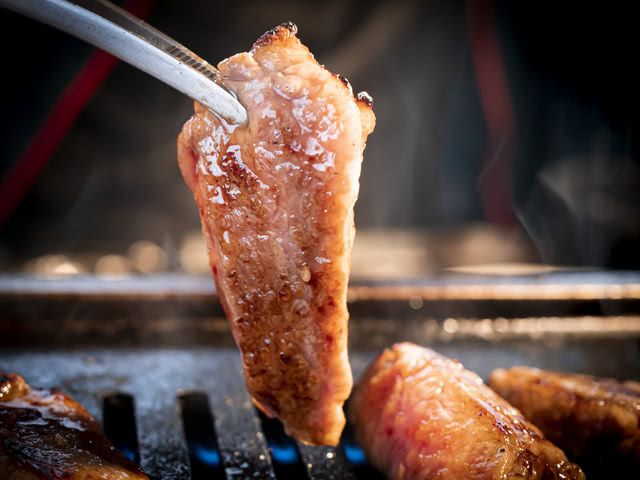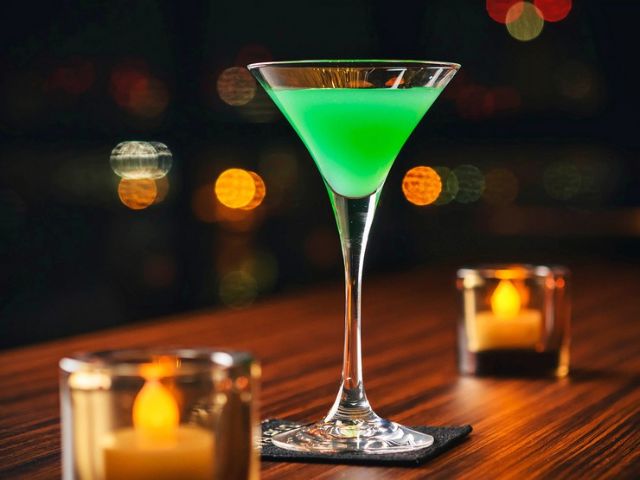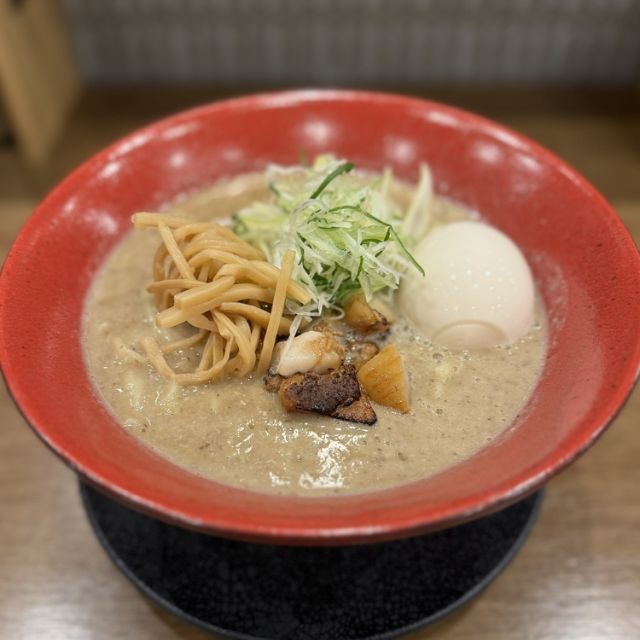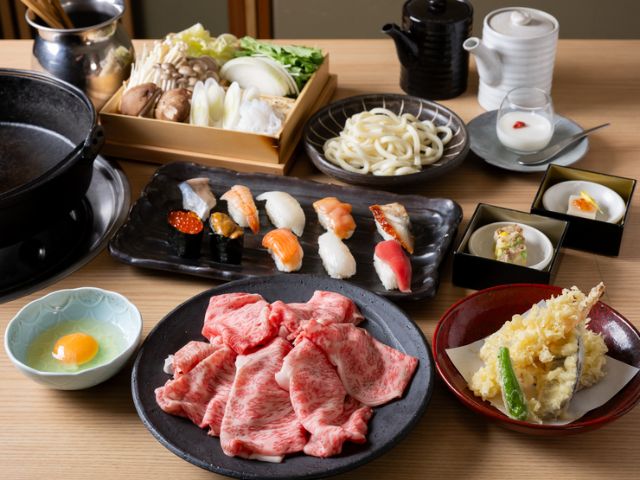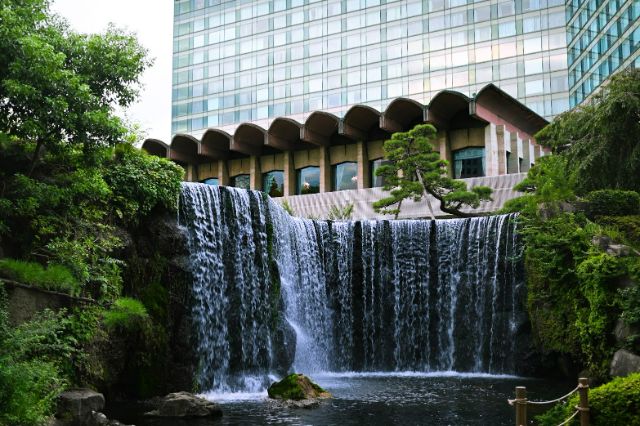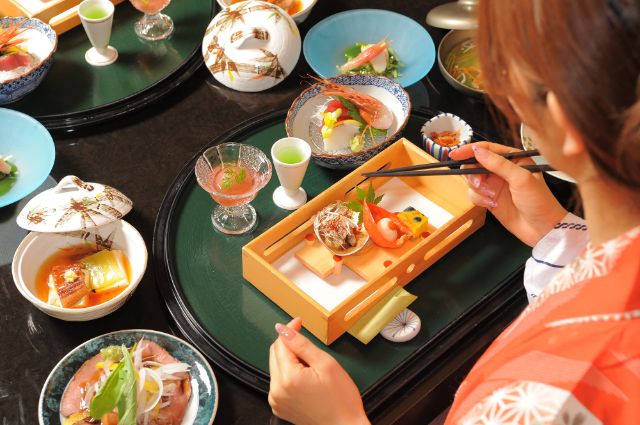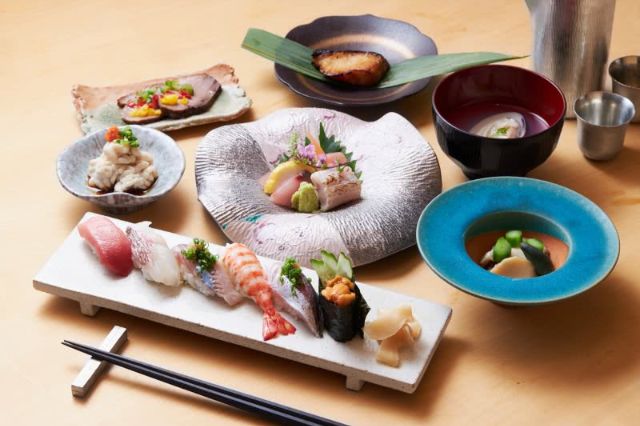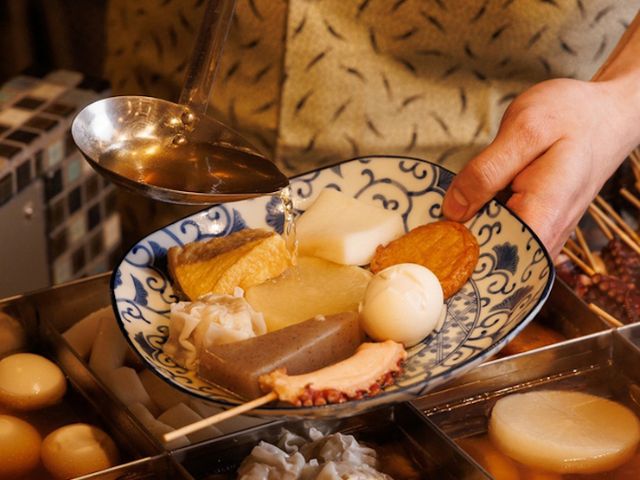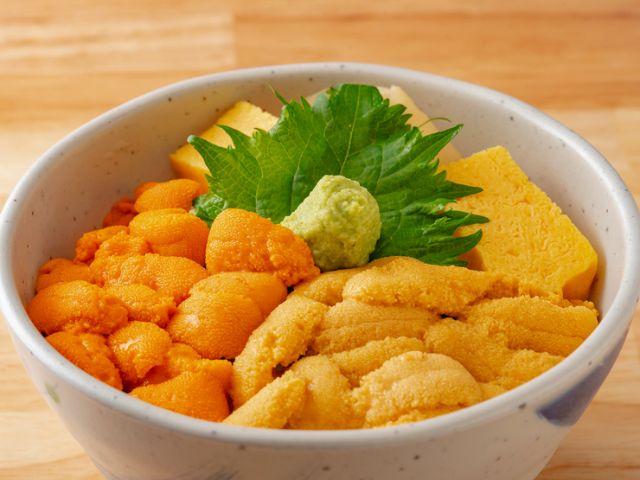The Evolution of Japanese Breakfasts
Update-Date: Nov 8, 2023
Author:
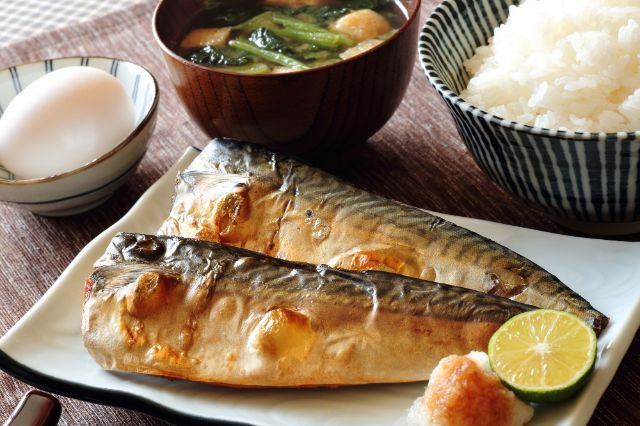
The Myth and Reality of Japanese Breakfasts
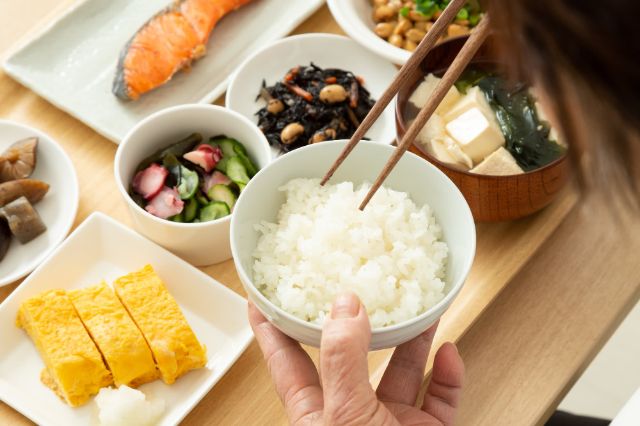
However, it's clear that breakfast is considered an important meal in Japan. According to a 2017 survey of 4,653 working Japanese people, 83.9% of respondents said that they eat breakfast. Of those, 80.4% said that they ate breakfast every day, while another 15.1% said they ate breakfast 5 to 6 times a week. In comparison, a 2011 survey of around 14,000 Americans by Kellogg’s found that only 34% of respondents ate breakfast every day.
▼ Data source
https://honote.macromill.com/report/20171128/
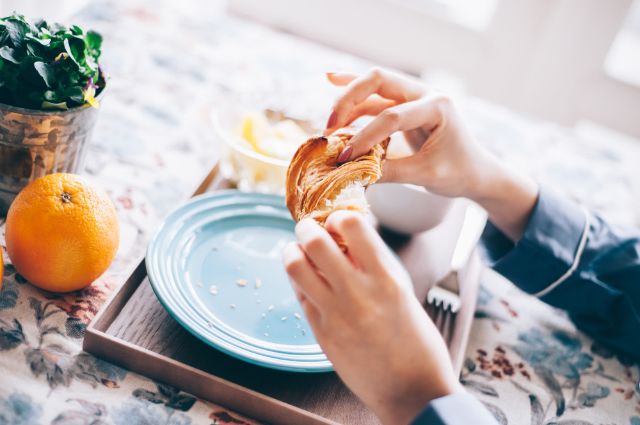
It seems that many people in Japan are forced to settle for taking speed rather than their ideal meal. In fact, 60.2% of those surveyed said that convenience was the most important factor in choosing breakfast. In comparison, only 28.1% considered nutritional balance an important factor, and only 26.5% said that taste was a priority. In other words, like in many countries, a humble piece of toast often beats out a sit-down meal when you need to make your morning train.
▼ Data source
https://www.sbfield.co.jp/press/20170912-11627/
The History of Breakfast in Japan
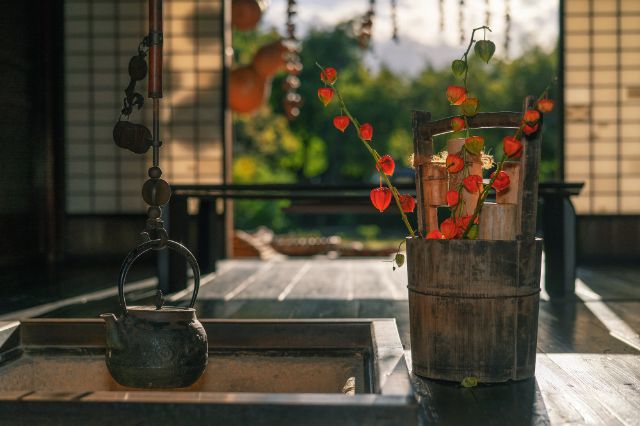
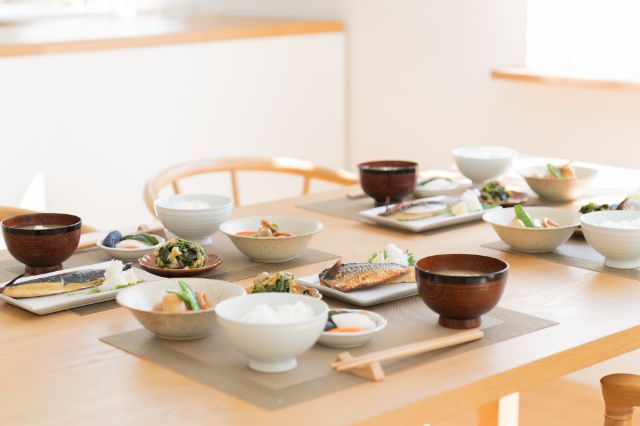
A second element behind this change is said to be due to the rapid growth of food cart and restaurant industry which developed to support the workers who rebuilt the town of Edo (now Tokyo) after the Great Fire of Meireki in 1657. It became possible that the common people spare the time for a third meal because of affordable foods prepared outside the home.
What's Considered Breakfast Food in Japan?
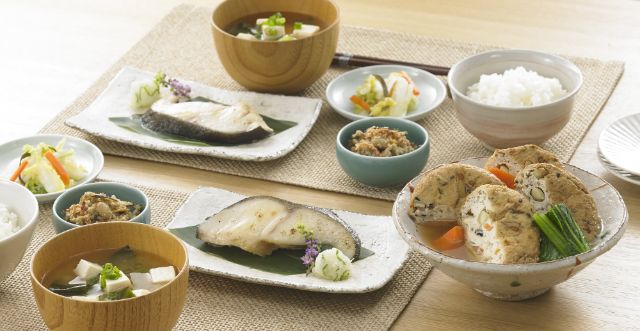
Japanese Breakfast Foods: Fish
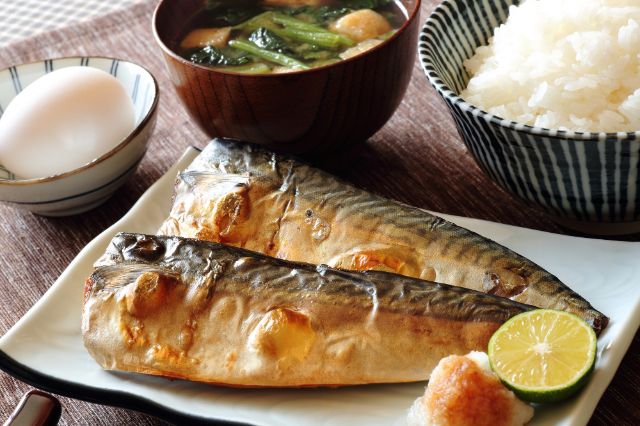
A common way to prepare fish for breakfast in Japan is to simply grill a smaller fish like mackerel or pike with simple seasonings like salt. Fish left over from the night before can also be repurposed in a quick stewed dish. Otherwise, topping a bowl of rice with tiny whitebait, called shirasu in Japanese, is an easy fish dish that provides plenty of protein and minerals like calcium.
Japanese Breakfast Foods: Salads

If you order a breakfast set meal or visit a breakfast buffet in Japan, you'll likely come across some salads as standard. Any type of salad can be eaten for breakfast, but common types include lettuce or cabbage-based mixed salads, hijiki (a kind of seaweed) salads, or cucumber salads.
Japanese people are known worldwide for having a long life expectancy and lower rates of lifestyle diseases, so if you struggle to get your seven servings of veggies per day, why not take a leaf out of Japan’s book and add a side salad to your breakfast?
Japanese Breakfast Foods: Rice
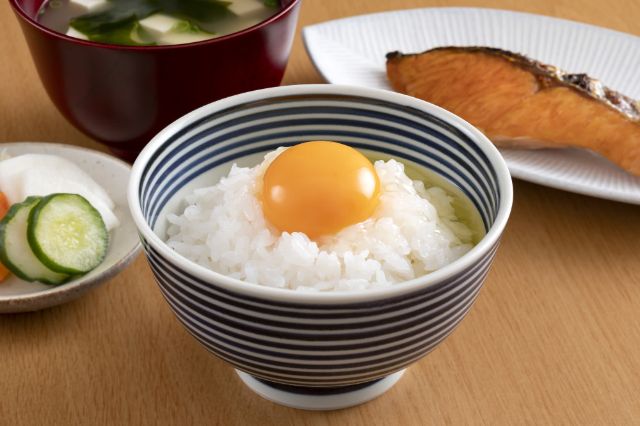
A bowl of plain rice can be eaten alongside dishes like fish, eggs, or vegetables for breakfast the same way it is eaten with other meals. Rice can also be eaten for breakfast as a one-bowl dish. Tamago-kake gohan, which is a hot bowl of rice topped with a raw egg, is a common breakfast dish. While this may bring up concerns of salmonella in the West, Japan is known for their stringent quality standards when it comes to their eggs, so most Japanese people do not fear eating eggs raw. Another popular one-bowl breakfast dish is rice topped with natto. It’s often said in Japan that adding some natto makes for a perfectly balanced dish that covers all your nutritional needs.
On busy mornings, many Japanese people also opt for onigiri from the convenience store as a portable and affordable breakfast. This triangular rice ball can be flavored with fillings like fish, seaweed, or pickled plum.
Going Out for Breakfast in Japan
Standing Soba Restaurants
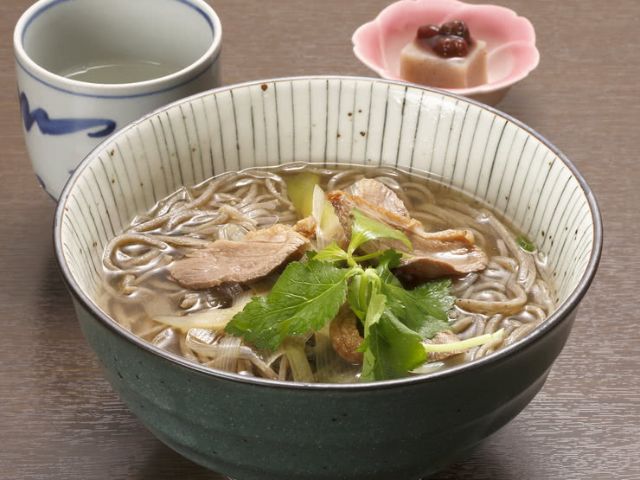
Designed to be quickly eaten while standing at counter-like tables, tachi-gui soba restaurants can be a hungry commuter’s best friend. You can often find tachi-gui soba shops in train station complexes, or even on train platforms themselves, which is handy for anyone who wants to squeeze in a meal between transfers.
To someone in the West, eating noodles for breakfast may seem peculiar, but it is a great way to satisfy your stomach for longer and a surprisingly fast breakfast option in Japan. Try it out the next time you’re looking for a quick bite in Japan!
Hotel Buffet Breakfast Before Work
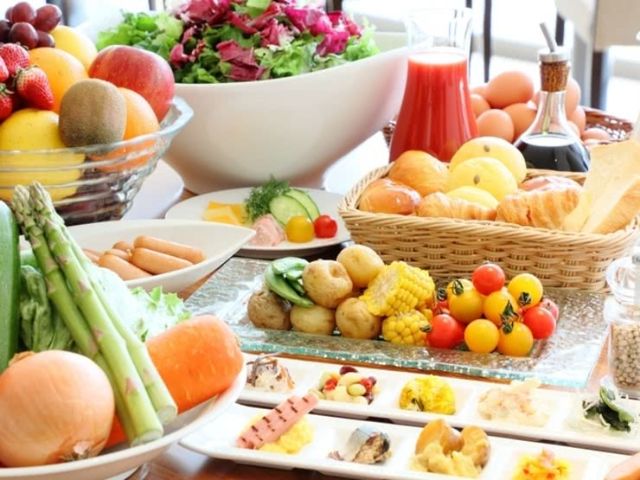
Japanese hotel breakfasts typically have both Western-style cereals, breads, and yogurts, as well as Japanese-style rice, soups, and sides, and egg dishes. You'll often find selections to make international travelers feel at home, such as Chinese hot dishes or European-style cakes and danishes, too.
Nagoya’s Famous "Morning Service"
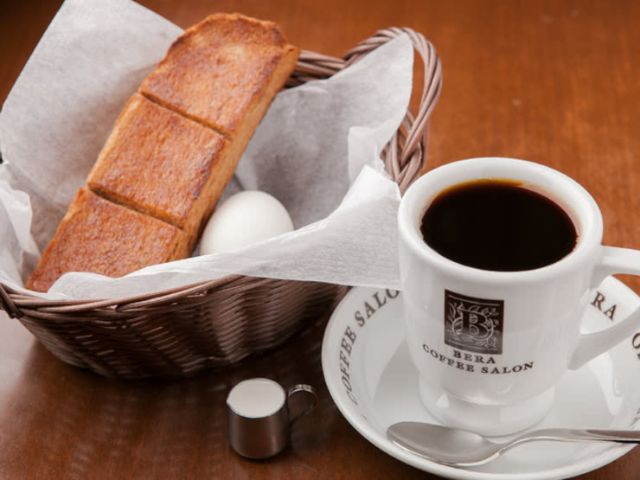
The classic Nagoya style morning set is a slice of Japan’s thick-cut toast with a boiled egg or anko, a sweet red bean paste. Besides toast, other breakfast dishes like sandwiches or onigiri are not uncommon. Some cafes will do their best to lure customers in with more generous sets that come with added sides like salads, yogurts, fruits, and even cakes or sweets.
This type of service is rare to see in Japan, let alone the West. If you have the opportunity to come to Japan, definitely visit a place that does Nagoya mornings!
Recommended Restaurants for Breakfast in Tokyo
Koromo Sushi
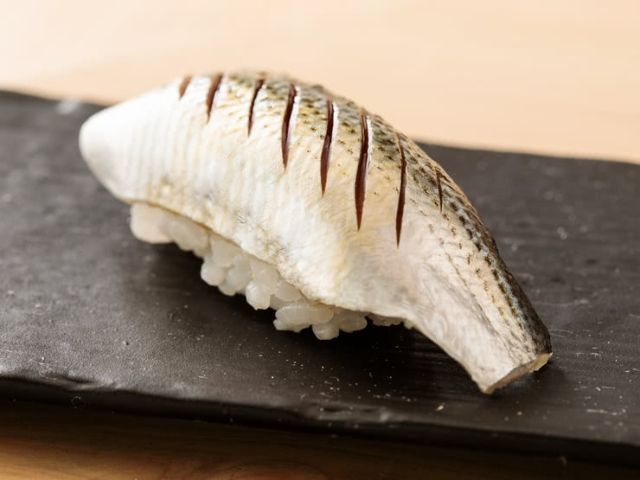
Choice options of Edo-style sushi served at Koromo Sushi include the [Conger Eel Nigiri]. Conger eel, also known as anago, has been a long-time staple of Edo-style sushi thanks to the fact that they have traditionally flourished in Tokyo Bay. This eel is flavored by being simmered in a marinade sauce, then lightly grilled before being shaped into nigiri sushi. [Kohada] (dotted gizzard shad) is another highlight. Prepared with a traditional marinade of vinegar and salt, the soft texture and fresh flavor of this lustrous silver fish is a perfect example of Edo-style sushi's strengths.
Koromo Sushi
Closed: Irregular
Average price: [Dinner] 5,000 JPY / [Lunch] 2,000 JPY
Address: 4-11-3, Tsukiji, Chuo-ku, Tokyo Map
More Details Reservation
Cafe Tosca
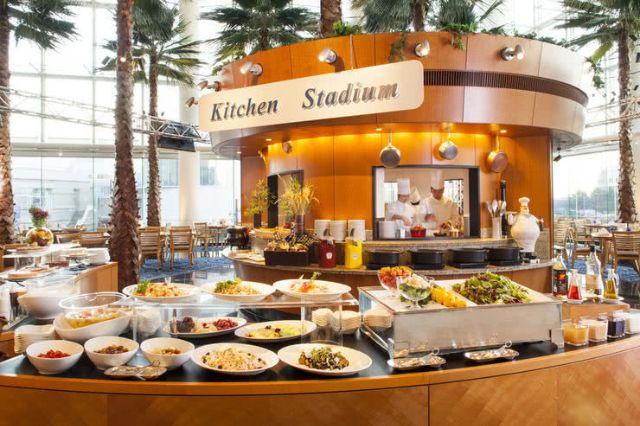
Wake up with an energy boost from the fresh juices, then sample an omelet freshly prepared in front of you with your choice of toppings like tomato, ham, or cheese. A selection of aromatic and richly flavored Maison Kayser breads are also baked in-house each morning. You'll find a full line up of hot foods like bacon and fried potato, plus a wide variety of sides and salads to enjoy here, too.
Cafe Tosca
[Weekdays] Lunch: 11:30 am - 3:00 pm (L.O. 2:30 pm), Dinner: 5:30 pm - 10:00 pm (L.O 9:30 pm)
[Weekends, National Holidays] Dinner: 5:30 pm (L.O. 9:30 pm) *Dinner operates on a two hour time limit system.
Closed: None
Average price: [Lunch] 3,700 JPY
Address: 2F, Yokohama Bay Hotel Tokyu, 2-3-7, Minato Mirai, Nishi-ku, Yokohama, Kanagawa Map
More Details Reservation
Bistro W Tokyo Yotsuya
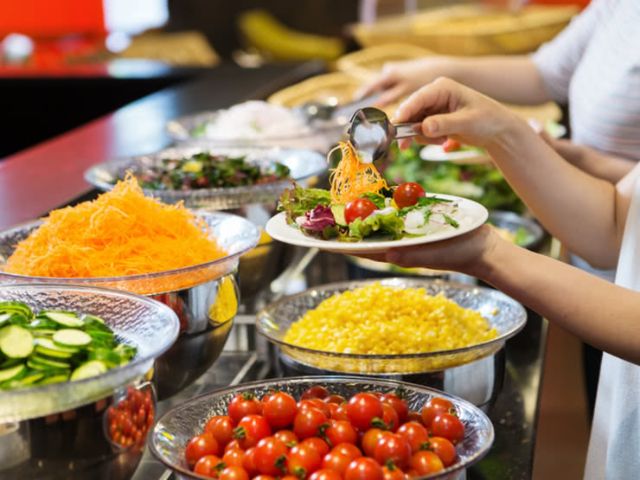
A highlight of this buffet is the omelet bar where the house chefs make fluffy, creamy omelets to order. Another specialty item is the hotel’s authentic croissants. Made fresh each morning, these croissants have a perfectly flaky crust and fluffy, sweet pastry inside.
Over 30 different options for breakfast are served at this buffet, including a selection of fresh fruits, vegetables, and hot dishes. Whether chilled soups in summer, or warm and hearty stewed dishes in winter, you'll always find a range of seasonal dishes available, too.
Bistro W Tokyo Yotsuya
Closed: None
Average price: [Dinner] 4,000 JPY / [Lunch] 2,000 JPY
Access: 1F, Hotel Wing International Premium Tokyo Yotsuya, 1 minute walk from the Tokyo Metro Marunouchi Line.
Address: 1F, Hotel Wing International Premium Tokyo Yotsuya, 3-14-1 Yotsuya, Shinjuku-ku, Tokyo
Coconoma Season Dining
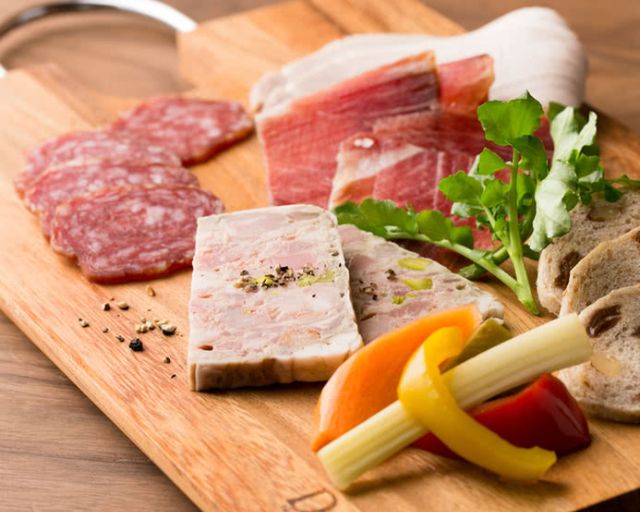
Coconoma’s morning buffet includes yoghurt, seasonal fruits, vibrantly colored salads, cereals, a range of fresh bread, and soups. If you're looking for a place to indulge in a nourishing breakfast based around the season’s highest quality produce, look no further than Coconoma Season Dining.
Coconoma Season Dining
Lunch: 11:00 am - 2:00 pm (L.O. 2:00 pm)
Cafe: 2:00 pm - 6:00 pm
Dinner: 6:00 pm - 1:00 am (L.O. 11:00 pm)
Closed: None
Average price: [Dinner] 4,500 JPY / [Lunch] 1,500 JPY
Address: 1F, Hotel & Residence Roppongi, 1-11-6, Nishi Azabu, Minato-ku, Tokyo
Garden Kitchen Karumera
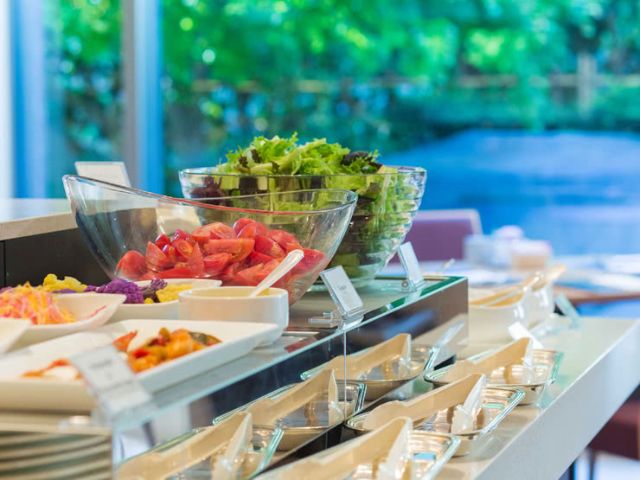
The [Morning Buffet] (3,300 JPY) includes Danish pastries, yogurt, cereal, salad, fruits, egg dishes, ham, bacon, and sausages. Drinks include coffee, tea, and a selection of juices. For a lighter option, the [Egg White Omelet] course (2,910 JPY) includes a herbed egg white omelet, green salad, toast or bread, yogurt with fruit, your choice of orange or vegetable juice, and coffee or tea.
Garden Kitchen Karumera
Dinner: 5:00 pm - 12:00 am (L.O. 11:00 pm)
Breakfast: 6:30 am - 11:00 am (Weekends, National Holidays: 10:30 am)
Closed: Irregular
Average price: [Lunch] 2,057 JPY
Address: 26-1, Sakuragaoka-cho, Shibuya-ku, Tokyo
Suzu Cafe -roppongi-
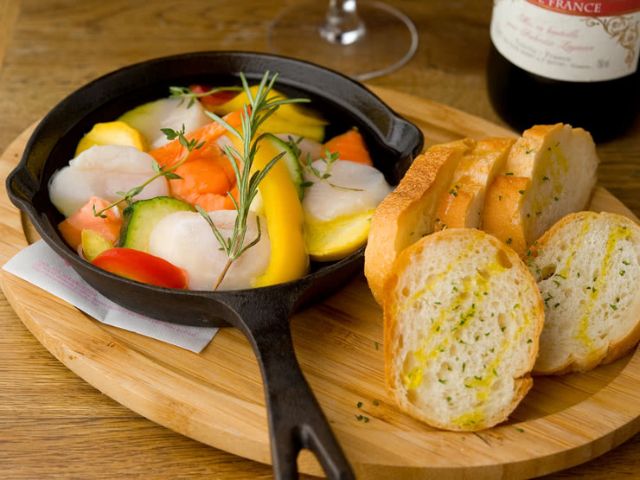
A daily-changing lineup of options like Western-style sausages and bacon and Japanese-style fish, salads, and natto are available. A salad and bread bar and a range of fruit juices are also included. Tea lovers are sure to enjoy exploring the options at Suzu Cafe’s tea bar, and only UTZ-certified, sustainably farmed beans are used for the coffee served here.
Suzu Cafe -roppongi-
Lunch: 11:00 am - 3:00 pm
Tea Time: 3:00 pm - 6:00 pm
Dinner: 6:00 pm - 11:30 pm (L.O. 10:45 pm)
Closed: Irregular
Average price: [Dinner] 2,500 JPY / [Lunch] 1,000 JPY
Address: 7F, Sotetsu Fresa Inn Tokyo Roppongi, 3-10-1, Roppongi, Minato-ku, Tokyo
Disclaimer: All information is accurate at time of publication.
Thank you for reading our article.
Our goal is to take your culinary journey to the next level by helping you find the best restaurant. With SAVOR JAPAN, you can search and make reservations for
the restaurants found in and around Tokyo that fill your needs.
Discover more restaurants by area
Update-Date: Nov 8, 2023
Author:
Related Articles
New Articles
Categories
Cuisine
- Bars (23)
-
Japanese Cuisine (676)
- Kaiseki (46)
- Nabe (19)
- Okonomiyaki (23)
- Shabu Shabu (37)
- Soba (18)
- Sushi (137)
- Tempura (19)
- Teppanyaki (46)
- Shojin Ryori (3)
- Tonkatsu (11)
- Kushiyaki (10)
- Yakitori (44)
- Sukiyaki (35)
- Japanese Cuisine (342)
- Oyster (2)
- Sashimi/ Seafood (20)
- Unagi (eel) (31)
- Motsu Nabe (offal hotpot) (6)
- Mizutaki (chicken hot pot) (3)
- Oden (8)
- Kaisendon (seafood bowl) (9)
- Udon (2)
- Taverns(Izakaya) Cuisine (123)
- Western Cuisine (42)
- Italian/French Cuisine (95)
- Yakiniku/Steak (224)
- Chinese Cuisine (26)
- Ramen (Noodles) Cuisine (25)
- Cafe/Sweets (60)
- Other Asian Cuisine (5)
- Global/International Cuisine (7)
- Alcohol (45)
- Other (11)
Area
- Shikoku (10)
- Kyoto and Osaka (344)
-
Tokyo (458)
- Tokyo (284)
- Ginza (43)
- Roppongi (22)
- Shibuya (26)
- Shinjuku (46)
- Asakusa (20)
- Ebisu (12)
- Tsukiji (10)
- Tokyo Landmarks (4)
- Ueno (23)
- Akihabara (9)
- Ikebukuro (12)
- Jiyugaoka, Denenchofu, Nakameguro (9)
- Shimokitazawa (4)
- Kichijoji (3)
- Tachikawa (1)
- Omotesando, Harajuku, Aoyama (18)
- Akabane (1)
- Kagurazaka (4)
- Akasaka (10)
- Odaiba (1)
- Tsukishima, Harumi, Toyosu (3)
- Near Tokyo (100)
- Okinawa and Ryukyu Islands (58)
- Hokkaido (124)
- Northern Honshu (Tohoku) (31)
- Central Honshu (Chubu) (144)
- Western Honshu (Chugoku) (32)
- Kyushu (92)
Archives
- December 2025(8)
- November 2025(4)
- October 2025(3)
- September 2025(6)
- August 2025(11)
- July 2025(19)
- June 2025(18)
- May 2025(34)
- April 2025(43)
- March 2025(30)
- February 2025(36)
- January 2025(26)
- December 2024(69)
- November 2024(31)
- October 2024(15)
- September 2024(39)
- August 2024(65)
- July 2024(31)
- June 2024(54)
- May 2024(61)
- April 2024(28)
- March 2024(31)
- February 2024(42)
- January 2024(32)
- December 2023(20)
- November 2023(5)
- October 2023(11)
- September 2023(7)
- August 2023(18)
- July 2023(8)
- June 2023(8)
- May 2023(18)
- April 2023(15)
- March 2023(1)
- January 2023(1)
- April 2022(2)
- March 2022(2)
- February 2022(1)
- January 2022(1)
- July 2021(1)
- March 2021(1)
- February 2021(1)
- December 2020(1)
- October 2020(1)
- September 2020(2)
- August 2020(10)
- July 2020(6)
- June 2020(9)
- May 2020(11)
- April 2020(8)
- March 2020(8)
- February 2020(13)
- January 2020(9)
- December 2019(24)
- November 2019(8)
- August 2019(14)
- July 2019(15)
- June 2019(18)
- May 2019(17)
- April 2019(16)
- March 2019(22)
- February 2019(22)
- January 2019(26)
- December 2018(34)
- November 2018(40)
- October 2018(32)
- September 2018(11)
- August 2018(8)
- July 2018(6)
- June 2018(9)
- May 2018(10)
- April 2018(21)
- March 2018(74)
- February 2018(39)
- January 2018(26)
- December 2017(59)
Keywords
- Omakase
- Accessible
- Affordable
- All-You-Can-Eat
- Amazing Scenery
- anime
- Art
- Autumn
- Awards
- Beer Gardens
- Breakfast
- Chef Recommendations
- Cherry Blossoms
- Chinese
- Close To Station
- Condiments
- Counter
- Coupon
- Crab
- Culture
- Dassai
- Dates
- delivery
- Early Summer
- Editor's Recommendation
- English Available
- Event
- Expo
- Fall Leaves
- Family-Friendly
- Famous Restaurant
- Famous Tourist Spot
- Fast Food
- festival
- fireworks
- Flower Farm
- Free Wi-Fi
- French
- Great Location
- Guide
- Hibachi
- hotpot
- How To
- hydrangea
- Hygiene
- Illumination
- Italian
- Izakaya
- Japanese
- Japanese alcohol
- jingisukan
- Kaiseki
- Kappo
- Kushiage
- Kushikatsu
- Kyoto
- Late-Night
- Lunch
- Manners
- matsusakagyu
- Michelin
- mizutaki
- Model Course
- monjayaki
- motsunabe
- Mt.Fuji
- Multilingual Menus
- Nabe
- Narita Airport
- New Year
- Ninja
- Noodle
- Oden
- Okonomiyaki
- omotenashi
- Onsen
- Osaka
- Osaka Station
- Photogenic Site
- pizza
- PR
- Private Room
- Ramen
- ranking
- Recipe
- Regional Cuisine
- Resort
- Rice Bowl Dish (Donburi)
- sacred places
- Sake
- Sakura
- Sashimi
- sea urchin
- Setouchi Area
- Shabu Shabu
- sightseeing
- Signature Dish
- Soba
- Solo Diners Welcomed
- Spicy Food
- Spring
- Steak
- Summer
- Sunflower
- Sushi
- takeout
- Teppanyaki
- Terrace Seating
- Tokyo
- Tokyo Experiences
- Tokyo Skytree
- Tokyo Tower
- unagi
- UNESCO
- Vegan
- Vegetarian
- Wagyu
- What Popular Gourmet Sites Recommend
- Whisky
- Wine Bar
- Winter
- Wisteria
- Workshop
- World Heritage Site
- World Writers
- Yakiniku
- Yoshoku
- Yuba
- Zen
Discover Restaurants By Area
-

Tokyo Area
Japan's largest city, Tokyo, is the center of culinary culture in Japan. Countless Tokyo restaurants serve every kind of food imaginable and the Toyosu fish market keeps restaurants stocked with the nation's finest fish.
-

Near Tokyo
Coastal areas, mountains and valleys surrounding Tokyo are bursting with tourist destinations, such as hot springs and ski slopes, where many unique foods are only available locally.
-

Kyoto and Osaka Area
The cities of Kyoto and Osaka, together with their surrounding areas, have greatly influenced Japan's culinary culture since the 7th Century. The region is renowned for its entertainment, Kobe beef, and wide-ranging traditional dishes.
-

Hokkaido Area
The island of Hokkaido is home to wide-ranging produce of the finest quality, such as rice, meat, vegetables, fish and fruit. Popular dishes from Hokkaido include robatayaki (food slowly roasted on skewers) and Sapporo miso ramen.
-

Northern Honshu (Tohoku)
The northern end of Japan's main island, Honshu, is renowned for its seasonal fruit and vegetables, nation-leading harvest of fish (especially tuna from Ohma), and delicious beef from Yonezawa, Sendai and Yamagata.
-

Central Honshu (Chubu)
Chubu is in the center of Japan's main island, Honshu, and its culinary culture reflects its position between Japan's western and eastern halves. Delicious Hida beef, world-famous Mount Fuji and many acclaimed sake breweries are in Chubu.
-

Western Honshu (Chugoku)
Chugoku, on the southwest of Japan's main island, is rich with diverse produce. Many of its products are praised as Japan's best, including Matsuba crabs from Tottori and oysters from Hiroshima. Its pears and muscats are also top grade.
-

Shikoku
The mild climate of Shikoku is ideal for growing citrus fruit such as sudachi. Shikoku is also famous for Sanuki udon noodles, huge yields of tiger prawn from Ehime Prefecture and the best torafugu (tiger globefish) in the country.
-

Kyushu
Western culture was first introduced to Japan through Kyushu, Japan's third largest island, where the influence of Portuguese and other western cuisine influenced the creation of a colorful culinary tradition.
-

Okinawa and Ryukyu Islands
Okinawa, Japan’s southernmost prefecture, is a treasure trove of distinctive dishes and drinks that have become popular throughout Japan, including Okinawa soba, unique sushi toppings and Awamori distilled liquor.
